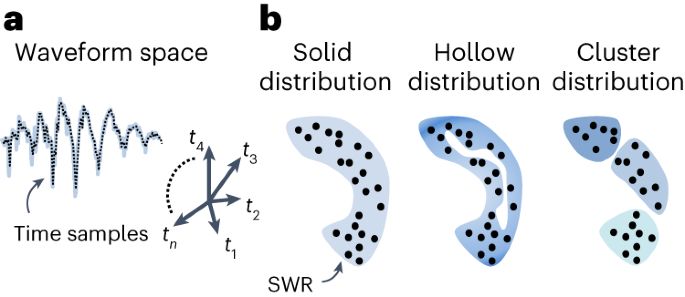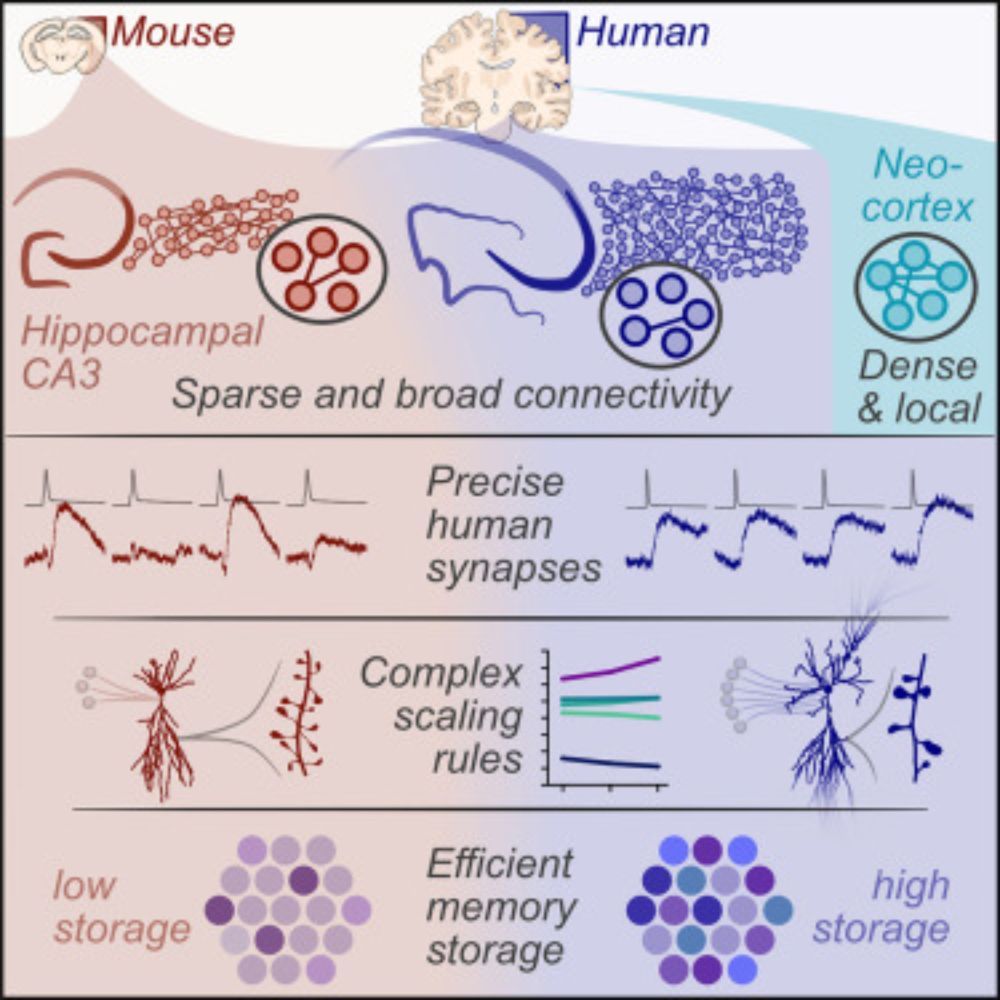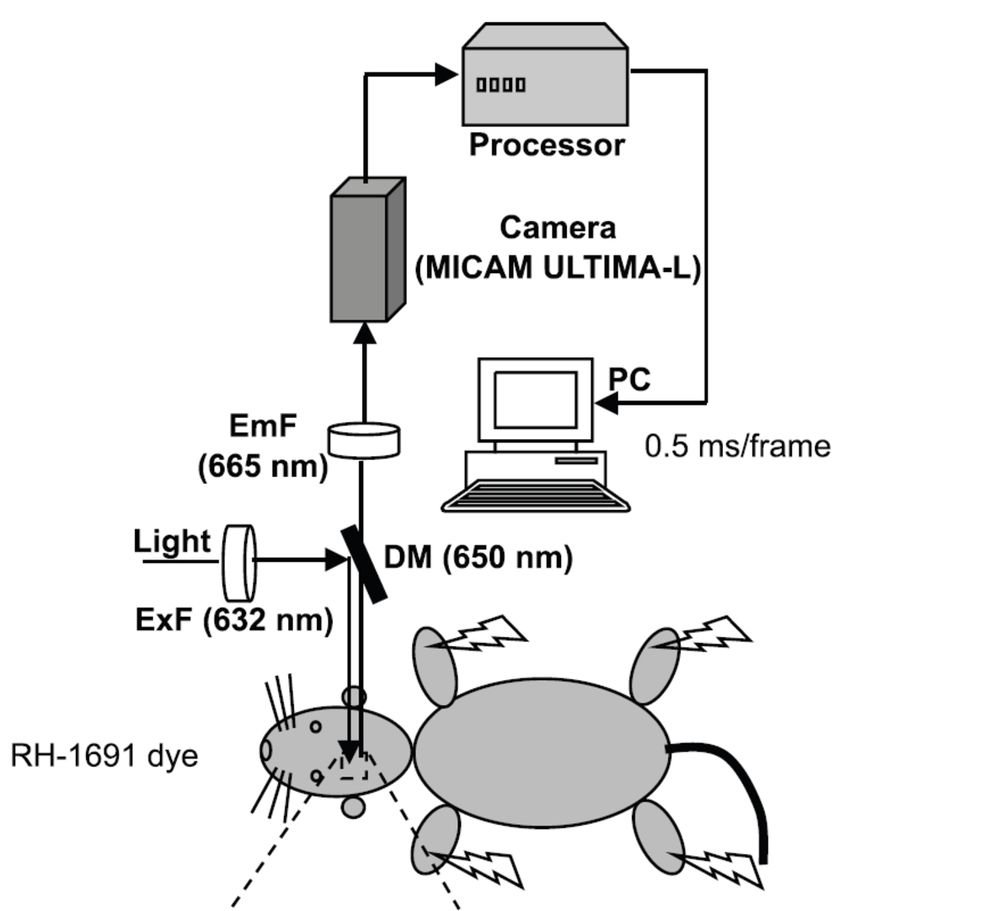Andrea Navas-Olive
@acnavasolive.bsky.social
490 followers
150 following
7 posts
From synapses to oscillations, what better than hippocampus! Postdoc at @ISTAustria #ripples #memory #deeplearning #models
Google Scholar: https://bit.ly/acnavasolive
Posts
Media
Videos
Starter Packs
Reposted by Andrea Navas-Olive
Reposted by Andrea Navas-Olive
Reposted by Andrea Navas-Olive
Reposted by Andrea Navas-Olive
Liset M. de la Prida
@lmprida.bsky.social
· Mar 10
Reposted by Andrea Navas-Olive
Liset M. de la Prida
@lmprida.bsky.social
· Mar 10

Topological analysis of sharp-wave ripple waveforms reveals input mechanisms behind feature variations - Nature Neuroscience
This study applies topological analysis to hippocampal ripple waveforms, uncovering a low-dimensional continuum that encodes layer-specific synaptic input information. It also reveals how ripple wavef...
www.nature.com
Reposted by Andrea Navas-Olive
Reposted by Andrea Navas-Olive
Jake Watson
@jakefwatson.bsky.social
· Dec 12

Membrane potential states gate synaptic consolidation in human neocortical tissue - Nature Communications
Whether and how slow wave activity (SWA) and the underlying membrane potential UP and DOWN states initiate mechanisms that augment memory functions in humans are not fully understood. Here authors use...
www.nature.com
Reposted by Andrea Navas-Olive
Reposted by Andrea Navas-Olive
Jake Watson
@jakefwatson.bsky.social
· Dec 11

Light-microscopy based dense connectomic reconstruction of mammalian brain tissue
The information-processing capability of the brain’s cellular network depends on the physical wiring pattern between neurons and their molecular and functional characteristics. Mapping neurons and res...
www.biorxiv.org
Reposted by Andrea Navas-Olive
Reposted by Andrea Navas-Olive
Reposted by Andrea Navas-Olive
Reposted by Andrea Navas-Olive
Reposted by Andrea Navas-Olive
Reposted by Andrea Navas-Olive
Reposted by Andrea Navas-Olive
Reposted by Andrea Navas-Olive
Reposted by Andrea Navas-Olive
Jake Watson
@jakefwatson.bsky.social
· Dec 11

Human hippocampal CA3 uses specific functional connectivity rules for efficient associative memory
Human hippocampal CA3 networks use sparse and broad synaptic connectivity, and their recurrent synapses employ reliability, precision, and long integration times to enhance memory capacity. Thus, the human hippocampus is distinct from both rodent counterparts and human neocortical circuits.
www.cell.com
Reposted by Andrea Navas-Olive























